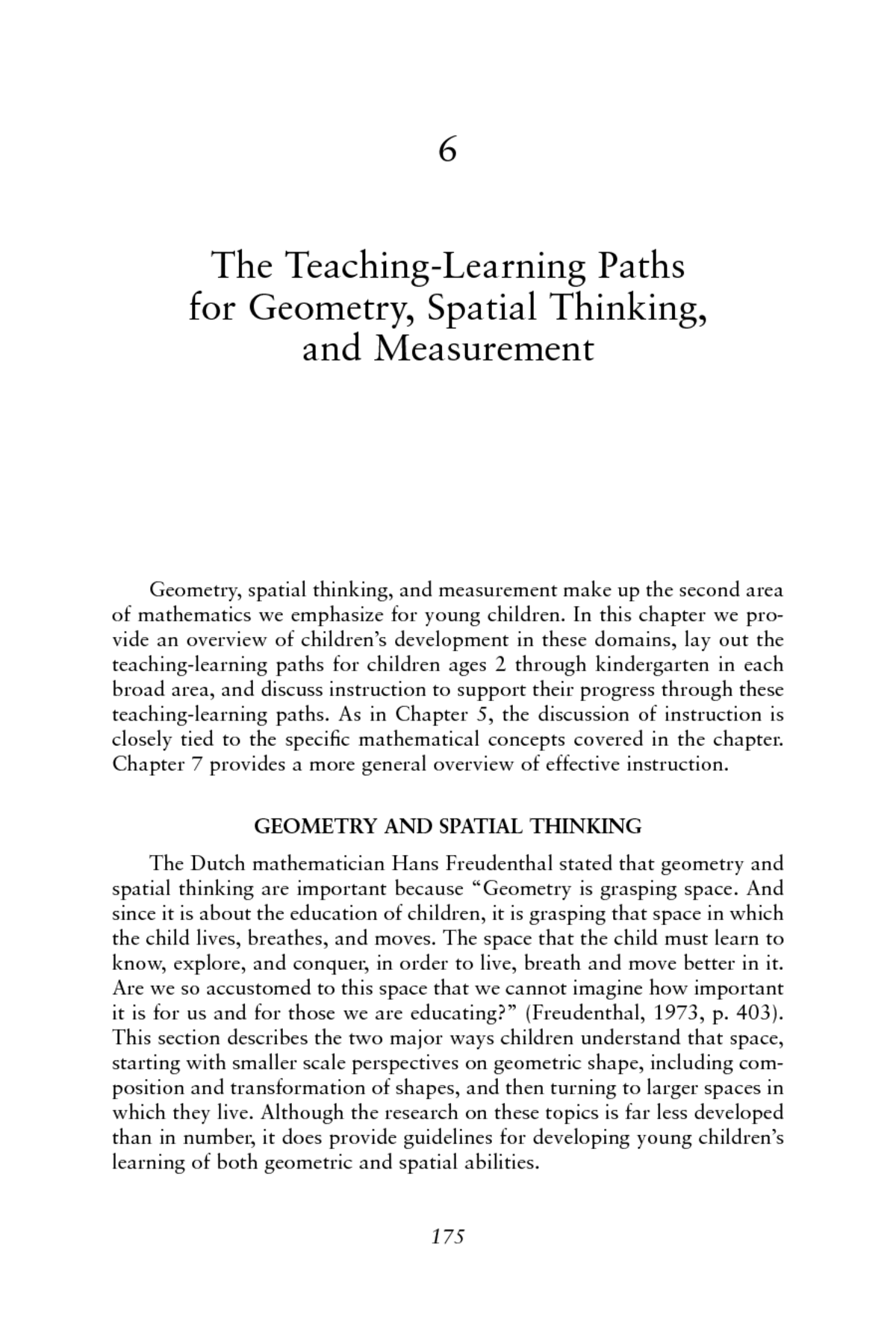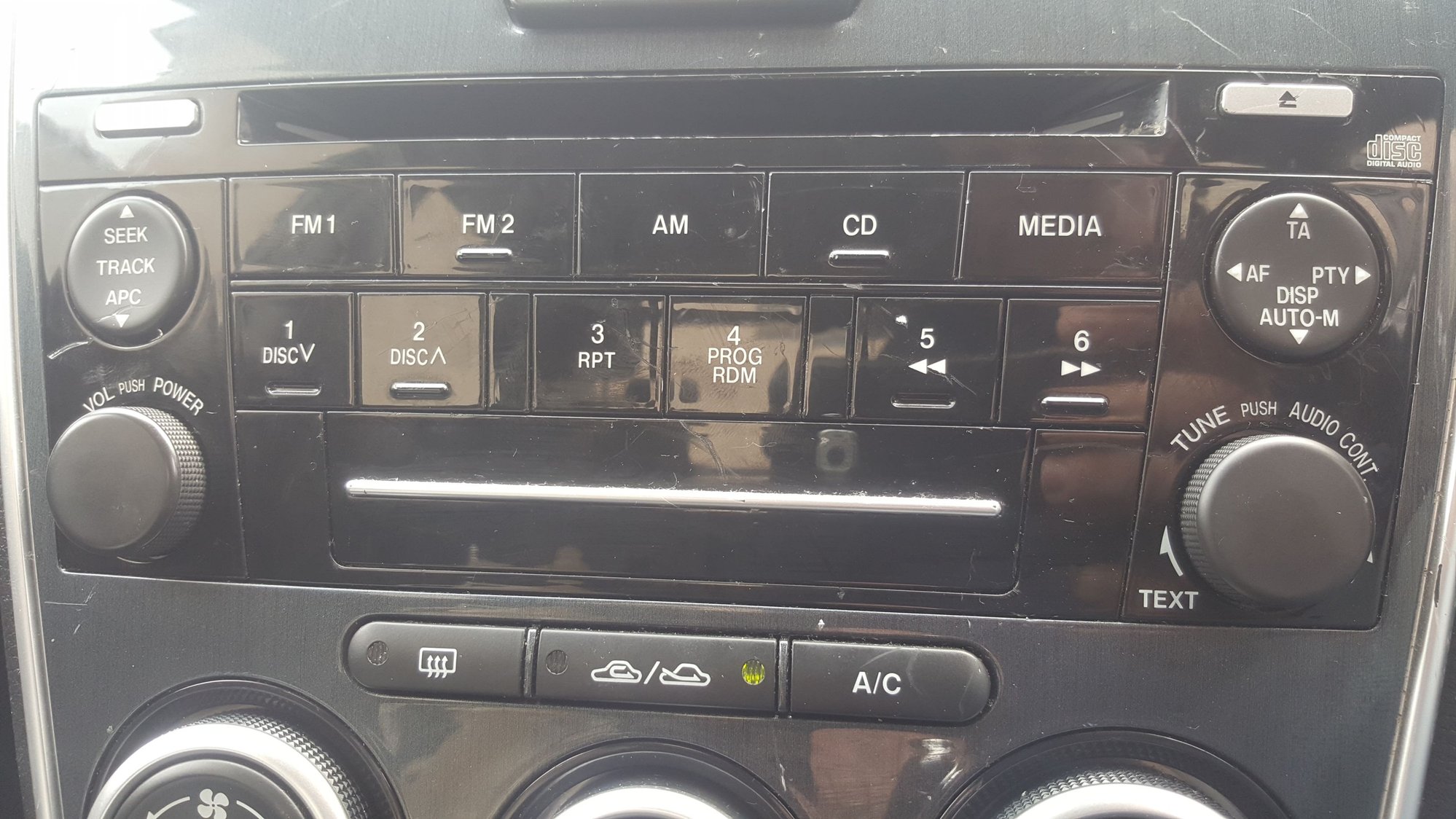Lesson 1: Introduction to Percentages
- Ratios And Percents Worksheets
- Percent And Ratio 101
- Unit 6 Ratio And Percentwelcome
- Ratio Rates Percents
- Unit Rate Ratios
- Unit 3: Graphing Equations 26 Terms. Unit 2: Equations1 7 Terms. THIS SET IS OFTEN IN FOLDERS WITH. Boot Camp 22 Terms.
- Download Citation Finite element analysis on deformation and stress distributions of double-wall oil tank under double supports installation mode The double-wall oil tank is more and more.
- Welcome to our math blog. This is just a reminder that this website will be used as a resource, a communication tool, and as a way to further enhance learning inside and outside of the classroom.
- Today we worked on percents using tape diagrams, which is Illustrative Mathematics Grade 6, Unit 3, Lesson 12. The warm-up included this picture: We used the notice and wonder routine and it blew my mind that almost every student said, “It’s 60%.”.
Learn how to calculate percentages in this easy lesson! When you're asked to calculate an (unknown) percentage ('What percentage.?' ), you need to first write the fraction PART/TOTAL, and then simply write that fraction as a decimal.
What are percentages?
A percentage is another way of writing a decimal. Just like decimals, a percentage is a part of a whole. Basically, it's less than 1 whole thing, but more than 0.
We use percentages all the time in real life. For example, have you ever left a fifteen percent tip at a restaurant? Or bought something on sale for twenty percent off? Those are both percentages—15percent and 20percent.
Click through the slideshow to learn how percentages work.
Let's look at some more percentages from real life. In Introduction to Decimals, you learned that 25 cents is 0.25 of a dollar.
Another way to say this is that 0.25 cents is 25percent of a dollar.
What about two quarters, or fifty cents? That's 0.50, or 50percent of a dollar.
Three quarters would be 75 cents, or 75 percent of a dollar.
And four quarters, or 100 cents, would be 100 percent of a dollar..
And four quarters, 100 cents, would be 100 percent of a dollar..or one whole dollar.
Percent literally means 'per hundred', or 'out of a hundred'.
In our example, every dollar is made up of one hundred pennies, or 100 cents.
So you could say that each penny is equal to 1 percent of a dollar.
Let's look at another example. Let's imagine we cut a pizza into five slices.
Each slice is equal to one-fifth, or .20, of the pizza.
We know that one slice is equal to .20 because .20 + .20 + .20 + .20 + .20 = 1.00.
So we can also say that one slice is equal to 20 percent of the pizza.
We can use the percent sign (%) to write that as 20%.
Right now, we have one whole pizza, or 100% of the pizza.
What if we take away one slice? Now we have 80%. That's because we removed a slice, or 20% of the pizza.
What if we take away two slices? Now we have 60%.
Now we have 40% left.
Even though we have less than one pizza, we still have more than zero pizzas. We have a percentage of the pizza left.
Writing percentages
As you saw in the slideshow, every percentage has two parts: a number and the percentsign (%). When you write a percentage, you'll write the number first, then the percent sign. Let's try it! How would you write this percentage?
nine percent
First, we'll write the number, nine, and then the percent sign (%). So our percentage will look like this:
9%
Try This!
Try writing the correct percentage in the box.
Reading percentages
When you read a percentage out loud, you'll need to read two parts: the number and the percentsign (%). Let's look at an example:
25%
25% is twenty five out of one hundred. We'd read 25% like this:
twenty-five percent
Sometimes percentages might have a decimal. For example:
7.5%
Here, 7.5% means we have seven-and-a-half out of one hundred. We'd read it like this:
seven point five percent
OR
seven and a half percent
You can read any percentage with a decimal point like this. How about 10.25%? That's ten and one quarter out of one hundred, so we'd read it as ten point two five percent, or ten and a quarter percent.
Try This!
Try reading each of the percentages below aloud.
Comparing percentages
Let's imagine you're shopping for apple juice. You find two different kinds—one contains 20% real juice, while the other contains 50% real juice.
Do you know which bottle has more real juice? Since both bottles are the same size, we can simply compare the numbers to see which percentage is larger.
50 is larger than 20, so 50% is a larger percentage than 20%. The larger the number next to the percent sign, the larger the percentage.
What about these percentages?
7% and 17%
Which is larger? Again, we'll look to see which number is larger. 17 is larger than 7, so 17% is a larger percentage than 7%.
New header. Please call and we can let you know the exact condition of the item you are interested in. These are new headers for cars. At this time we are not set up to ship, so item must be picked up in Carmichael, CA, just out of Sacramento, California New Headers - Discounted headers for sale - New Headers. To insert a new header or footer without altering the one you've already inserted, navigate to the bottom of the last page before your new header or footer, and from the Layout tab (or the Page Layout tab) select Breaks, Next Page as pictured.
Comparing percentages with decimals
What if you had to compare two percentages like this?
Ratios And Percents Worksheets
5.4% and 5.5%
At first glance, it might be difficult to tell which percentage is larger. Remember, this is just another way of asking, 'Which is larger, five and four-tenths of a percent or five and five-tenths of a percent?' Since the first number is the same for both fractions, we'll compare the numbers to the right of the decimal place.
5 is larger than 4, so 5.5% is larger than 5.4%.
What about these percentages?
5.55% and 5.56%

Again, since the first number is the same, we'll compare the numbers to the right of the decimal place.
56 is larger than 55, so 5.56% is larger than 5.55%.
/en/percents/calculating-percentages/content/
Percentage calculator enables making various calculations involving percentage. In terms of functionality, the percentage calculator consists of four different calculators and makes it possible to calculate:
- what number is X percent from Y number;
- how many percent is X number from Y number;
- add X percent to Y number;
- deduct X percent from Y number.
Calculation results may be reduced to the decimal digits you need. Below you can find detailed instruction and examples of the percentage calculator operation.
Instruction on percentage calculator operation
Percent And Ratio 101
In a pop-down menu choose the mode of percentage calculation you need.
Enter X number and Y number in the corresponding cells.
Choose the calculation accuracy by defining the necessary number of decimal digits in the dedicated pop-down menu.
Percentage calculator makes calculations while you are entering numbers in the cells and the result is shown immediately.
You can copy the result by clicking on the sum total.
The calculations made may be saved, deleted, and adjusted in percentage calculator’s memory.
The previous calculation will be saved.
If necessary, it is possible to delete the values entered by pressing 'Clear' button.
Examples of percentage calculator operation
Example 1
Which number corresponds to 58 % from 240.2591? Reduce to 4 decimal digits.
Result - 139.3503.
Example 2
How many percent is 258 from 457.2578. Reduce to 6 decimal digits.
Result - 56.423313 %.
Unit 6 Ratio And Percentwelcome

Ratio Rates Percents
Example 3
Add 27 % to 534. Reduce to 2 decimal digits.
Result- 678.18.
Example 4
Deduct 18 % from 3587.4578. Reduce to 4 decimal digits.
Result - 2941.7154.
How to calculate percentage without percentage calculator
What number corresponds to 18 % from 450?
1. Deduce the coefficient: 450 / 100 = 4.5
2. Get the final value: 4.5 х 18 = 81
Result: 81.
How many percent is 45 from 500?
1. Deduce the coefficient: 500 / 45 = 11.1111
2. Get the final value: 100 % / 11.1111 = 9
Result: 9
Unit Rate Ratios
Add 12 % to 572
1. Deduce the coefficient: 572 / 100 = 5.72
2. Get the number equal to 12 %: 12 % x 5.72 = 68.64м
3. Get the final value: 572 + 68.64 = 640.64
Result: 640.64
Deduct 45 % from 2870
1. Deduce the coefficient: 2870 / 100 = 28.7
2. Get the number equal to 45 %: 45 x 28.7 = 1291.5
3. Get the final value: 2870 - 1291.5 = 1578.5
Result: 1578.5
Genesis of percentage calculations
The origins of percentage calculations go back to ancient Babylon. Translated from Latin, percentage means 'per hundred' or 'from hundred'. By means of cuneiform tablets made by Babylonians that survived until the present day, it was easy to find out the sum of yield.
The second hypothesis of percentage origins leads us to India. Indian accountants calculated percentage using the rule of three based on proportion.
The third, and, perhaps, the most reliable story, arrived to us from ancient Rome. Percentage emergence was provoked when the senate established the maximum allowed sum of money to be collected from debtor by creditor in excess of the debt amount.
